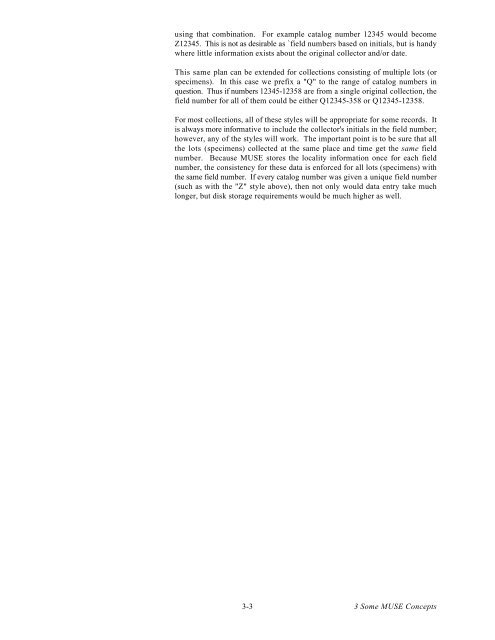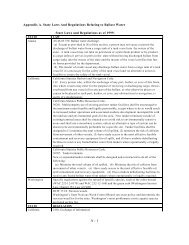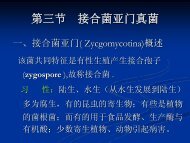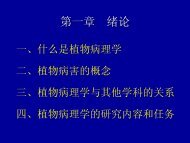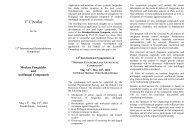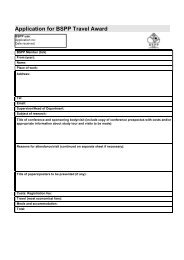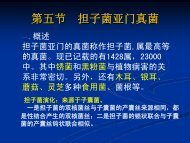You also want an ePaper? Increase the reach of your titles
YUMPU automatically turns print PDFs into web optimized ePapers that Google loves.
using that combination. For example catalog number 12345 would become<br />
Z12345. This is not as desirable as `field numbers based on initials, but is handy<br />
where little information exists about the original collector and/or date.<br />
This same plan can be extended for collections consisting of multiple lots (or<br />
specimens). In this case we prefix a "Q" to the range of catalog numbers in<br />
question. Thus if numbers 12345-12358 are from a single original collection, the<br />
field number for all of them could be either Q12345-358 or Q12345-12358.<br />
For most collections, all of these styles will be appropriate for some records. It<br />
is always more informative to include the collector's initials in the field number;<br />
however, any of the styles will work. The important point is to be sure that all<br />
the lots (specimens) collected at the same place and time get the same field<br />
number. Because MUSE stores the locality information once for each field<br />
number, the consistency for these data is enforced for all lots (specimens) with<br />
the same field number. If every catalog number was given a unique field number<br />
(such as with the "Z" style above), then not only would data entry take much<br />
longer, but disk storage requirements would be much higher as well.<br />
3-3<br />
3 Some MUSE Concepts


